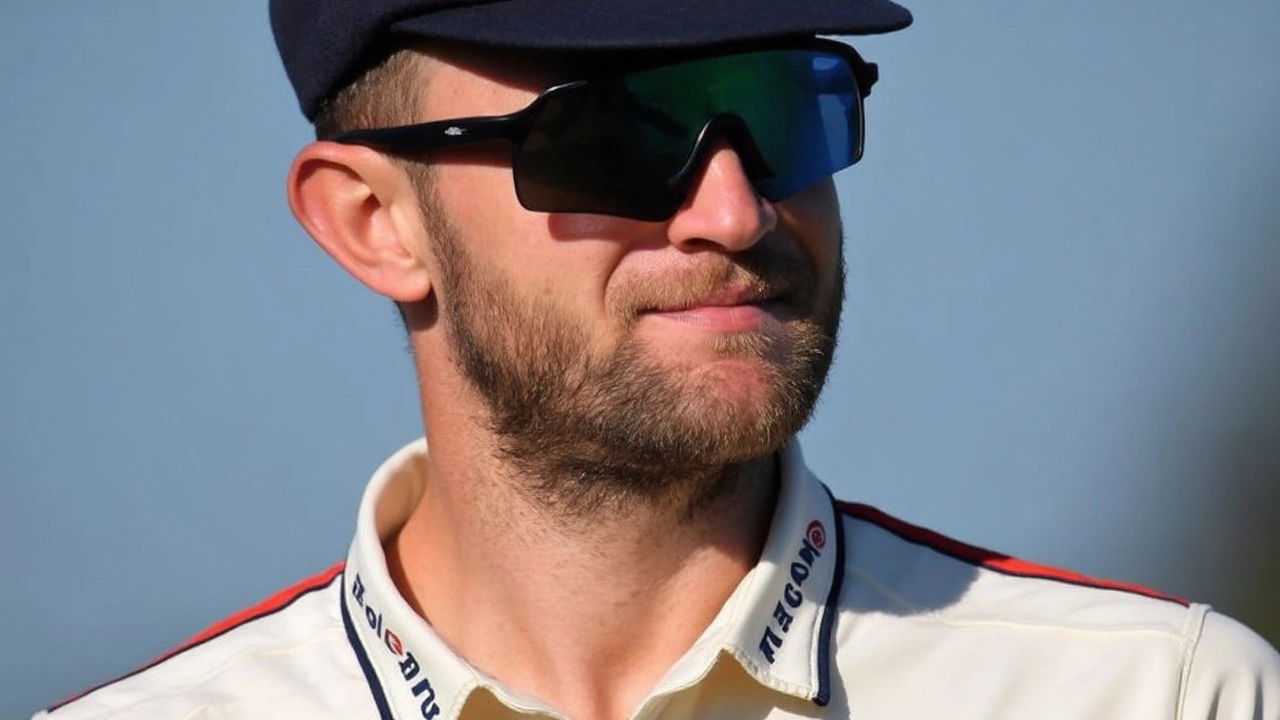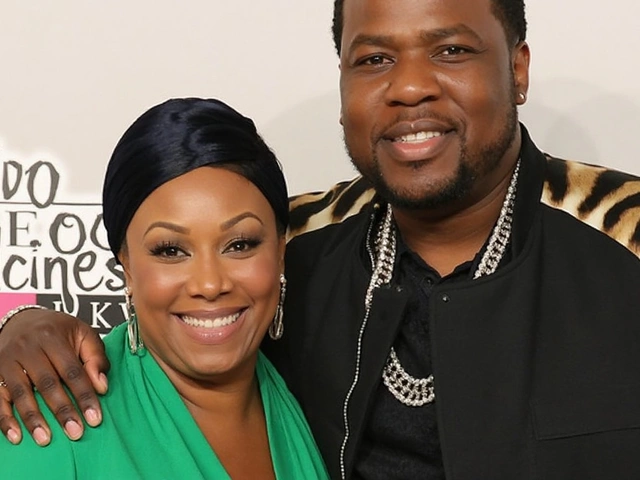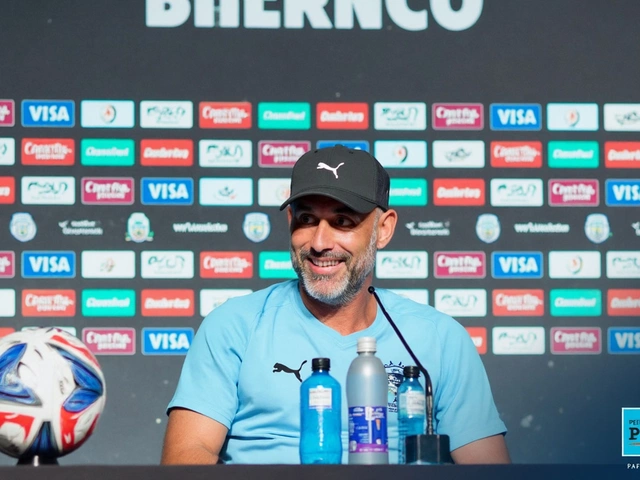Cricket Debut: What It Means and How to Nail It
Walking onto the pitch for your very first senior game can feel like stepping onto a stage in front of a crowd that’s already seen the best. That moment is your cricket debut – the instant you turn from a hopeful player into an official contender. It’s exciting, nerve‑wracking, and, if you’re ready, the perfect chance to set the tone for the rest of your career.
Prep Work That Actually Makes a Difference
Before you even pick up the bat or slip on the pads, a few practical steps can calm the butterflies. First, know the venue. Look up the pitch’s bounce, the typical swing factor, and the size of the boundaries. A quick Google search or a chat with a teammate who’s played there before can give you a cheat sheet that most newcomers miss.
Second, simulate match conditions in training. If you’re a bowler, practice your line and length with the same ball you’ll use on game day. If you’re a batsman, face a variety of bowlers in the nets and try to replicate the pressure by setting mini‑goals, like scoring a certain number of runs in ten balls.
Third, build a simple routine. It could be a quick stretch, a deep breath, or visualising a successful shot. Doing the same thing before every practice session and every match creates a mental cue that tells your brain it’s game time, not panic time.
What to Expect on the Day
On debut day, the schedule is usually packed – team meetings, warm‑ups, dressing room chatter. Keep your focus on the tasks you can control: your gear, your warm‑up, and your mindset. Don’t get sucked into speculation about the opposition or the scoreboard; that’s a distraction you can’t influence.
When you finally step onto the field, remember the basics: watch the ball from the bowler’s hand, keep your head still, and trust the technique you’ve honed. Even the greats like Virat Kohli and Joe Root missed early chances in their first games, but they stuck to their plan and let the rest follow.
If you’re batting, aim for a solid start rather than a flashy boundary. A steady 20‑30 runs can calm nerves and earn you respect from teammates and coaches. If you’re bowling, focus on hitting a good line and length rather than chasing wickets immediately – pressure builds over overs.
And don’t forget the fielding. A clean catch or a sharp run‑out can be the highlight of your debut, sometimes even more memorable than a single run.
Learning From Famous Debuts
Look at stories that inspire. England’s Ben Stokes made a modest debut with just a couple of runs, yet his work ethic turned that quiet start into a World Cup hero moment. Australia’s Shane Watson walked onto the field and took a brilliant catch that set the tone for his future as an all‑rounder.
These examples show that a debut isn’t about a perfect performance; it’s about showing you belong, learning fast, and leaving the field a little wiser. Keep a notebook after the game, jot down what worked and what didn’t, and share it with your coach.
Finally, enjoy the experience. The crowd, the teammates, the smell of fresh grass – these are moments you won’t get back. Embrace the hype, give it your all, and remember that every cricket legend started with a debut just like yours.
Kieran Lockhart, May, 24 2025
Sam Cook Receives First England Test Call-Up for Historic Zimbabwe Clash
Sam Cook steps up for his first England Test appearance against Zimbabwe at Trent Bridge on May 22, 2025. With an impressive county record and a hunger to make an impact, Cook is set to be the first Essex bowler in over three decades to debut for England. The match also marks Zimbabwe's long-awaited return to English soil.
View More




